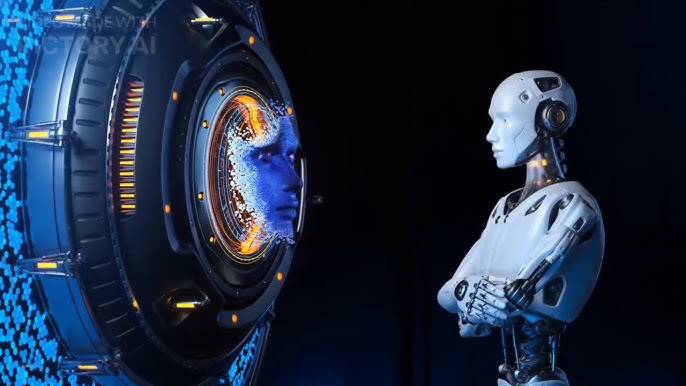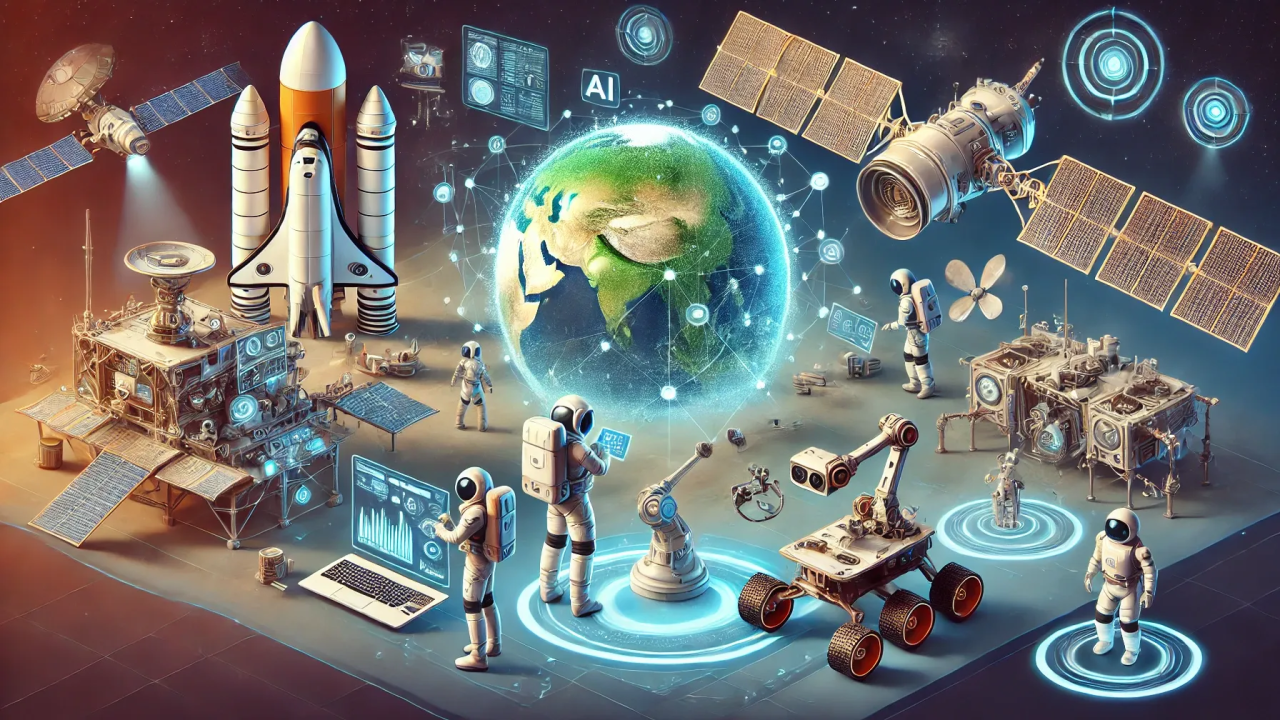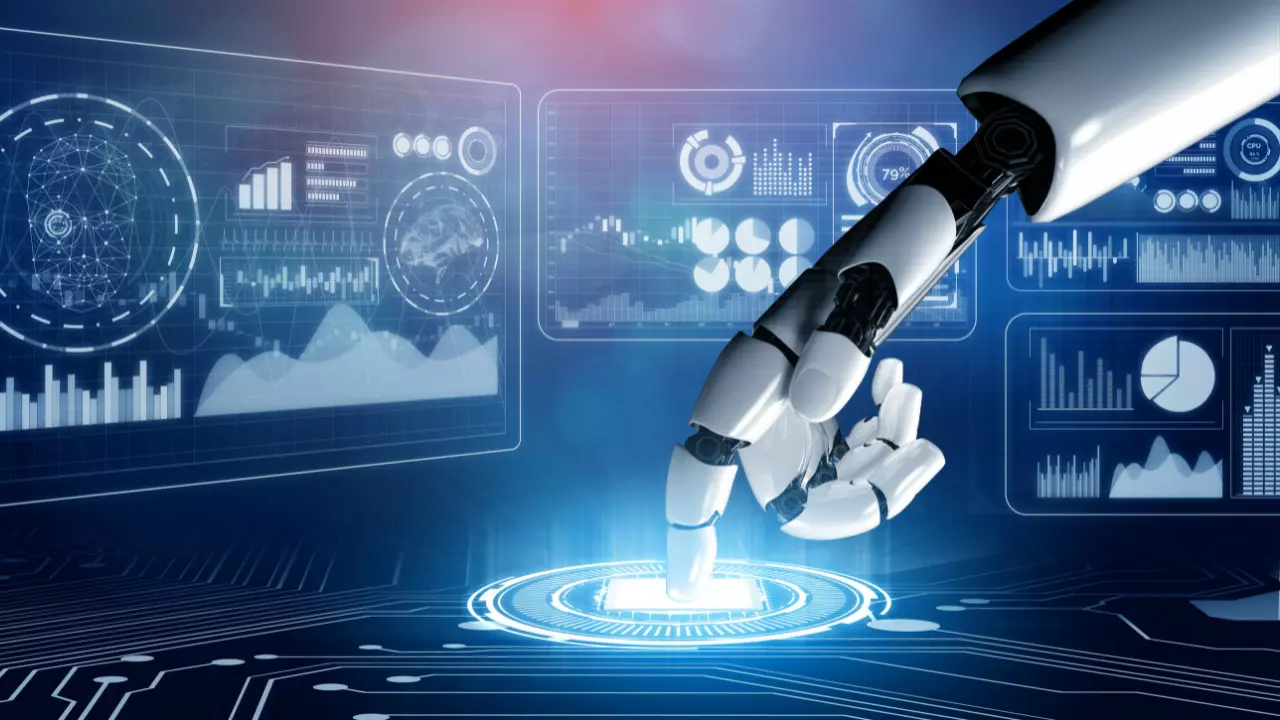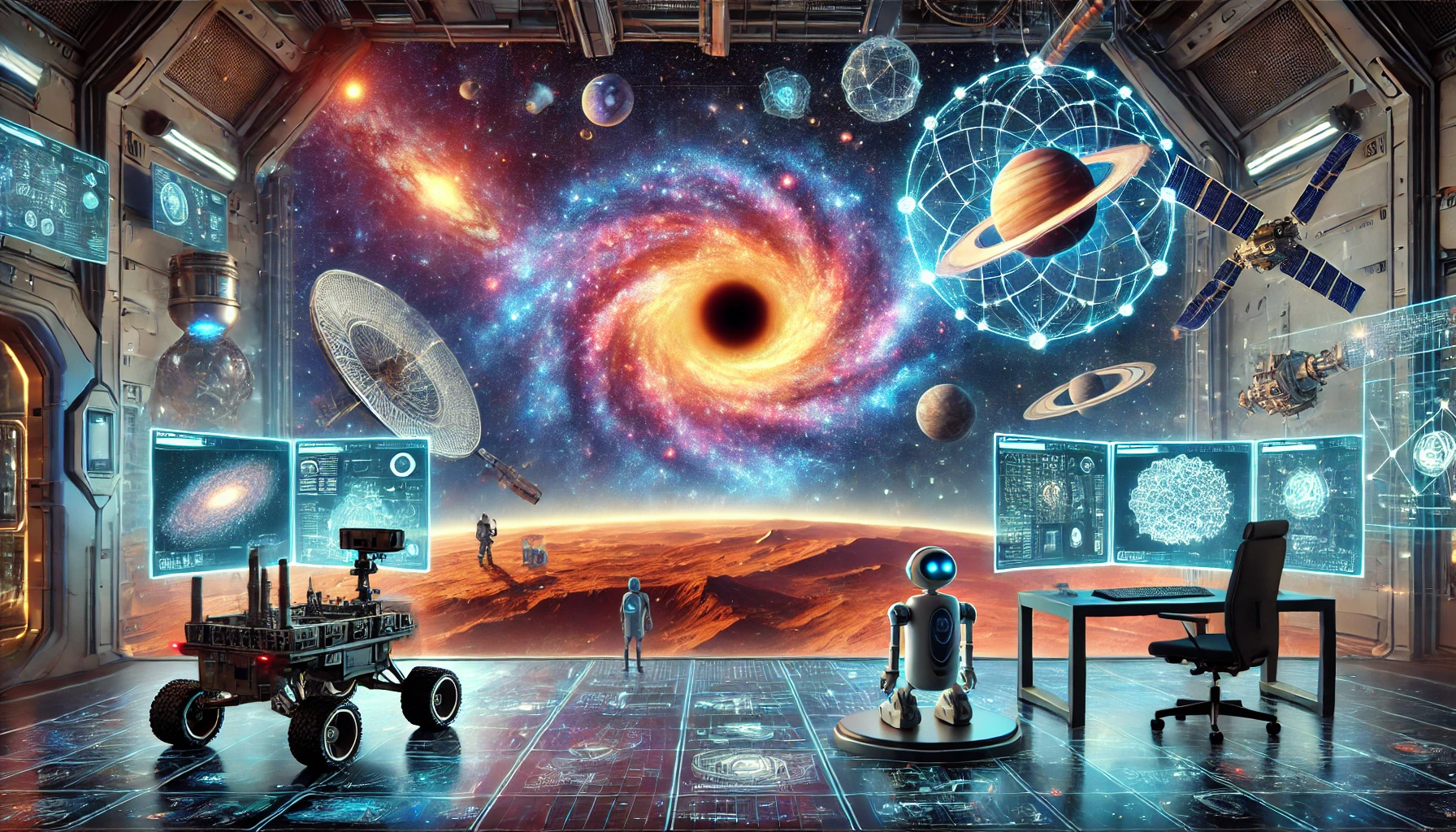Artificial Intelligence (AI) is playing an increasingly important role in space exploration and research. Understanding how AI is used in space missions helps us appreciate its potential in tackling the challenges of the vast and unpredictable space environment.
What is AI in Space?
AI in space refers to the application of intelligent algorithms, machine learning, computer vision, and autonomous decision-making systems to support various space activities, including satellite operations, planetary exploration, and space data analysis.
How AI Works in Space
AI systems in space collect and process massive amounts of data from satellites, telescopes, spacecraft, and sensors. These systems can independently make decisions, recognize patterns, and detect anomalies without waiting for instructions from ground control, which is especially useful when communication delays occur over long distances.
Key AI Techniques Used
Autonomous Navigation: AI helps spacecraft and rovers navigate unfamiliar environments without constant human guidance.
Computer Vision: Enables spacecraft and robots to interpret images and videos for tasks like landing, obstacle detection, and mapping planetary surfaces.
Predictive Maintenance: AI can monitor the health of spacecraft systems and predict potential failures before they happen.
Data Analysis: AI processes large volumes of scientific data to identify new discoveries, such as distant planets, stars, and galaxies.
Natural Language Processing (NLP): Assists in processing large sets of mission reports, logs, and scientific publications for quicker decision-making.
Benefits of Using AI in Space
AI speeds up data processing, improves mission safety, enables real-time decision-making, and reduces the need for constant human supervision. It also makes deep space exploration possible by allowing spacecraft to operate independently over long durations.
Limitations to Keep in Mind
AI systems in space require rigorous testing, as errors can be costly and difficult to correct. Limited computational resources on spacecraft also challenge the deployment of large AI models.
Conclusion
AI is opening new possibilities in space exploration by enabling smarter, faster, and more autonomous missions. As the technology advances, AI will continue to be a valuable partner in helping scientists explore the unknown and push the boundaries of what’s possible in space.Tools







Leave feedback about this